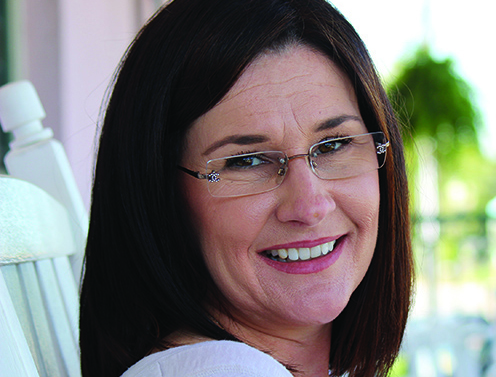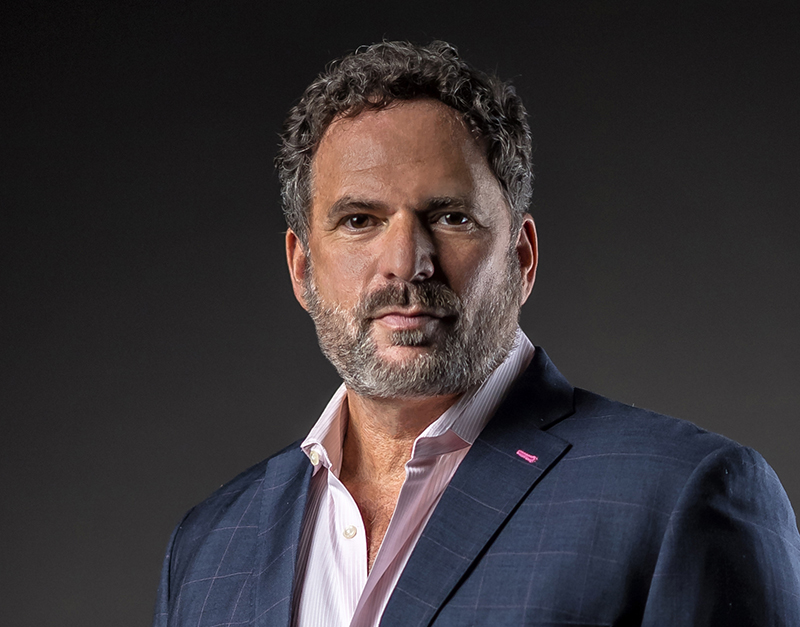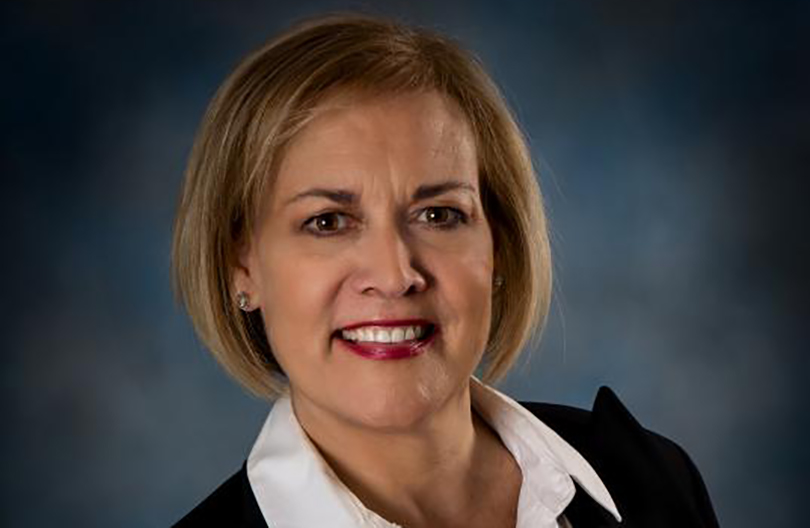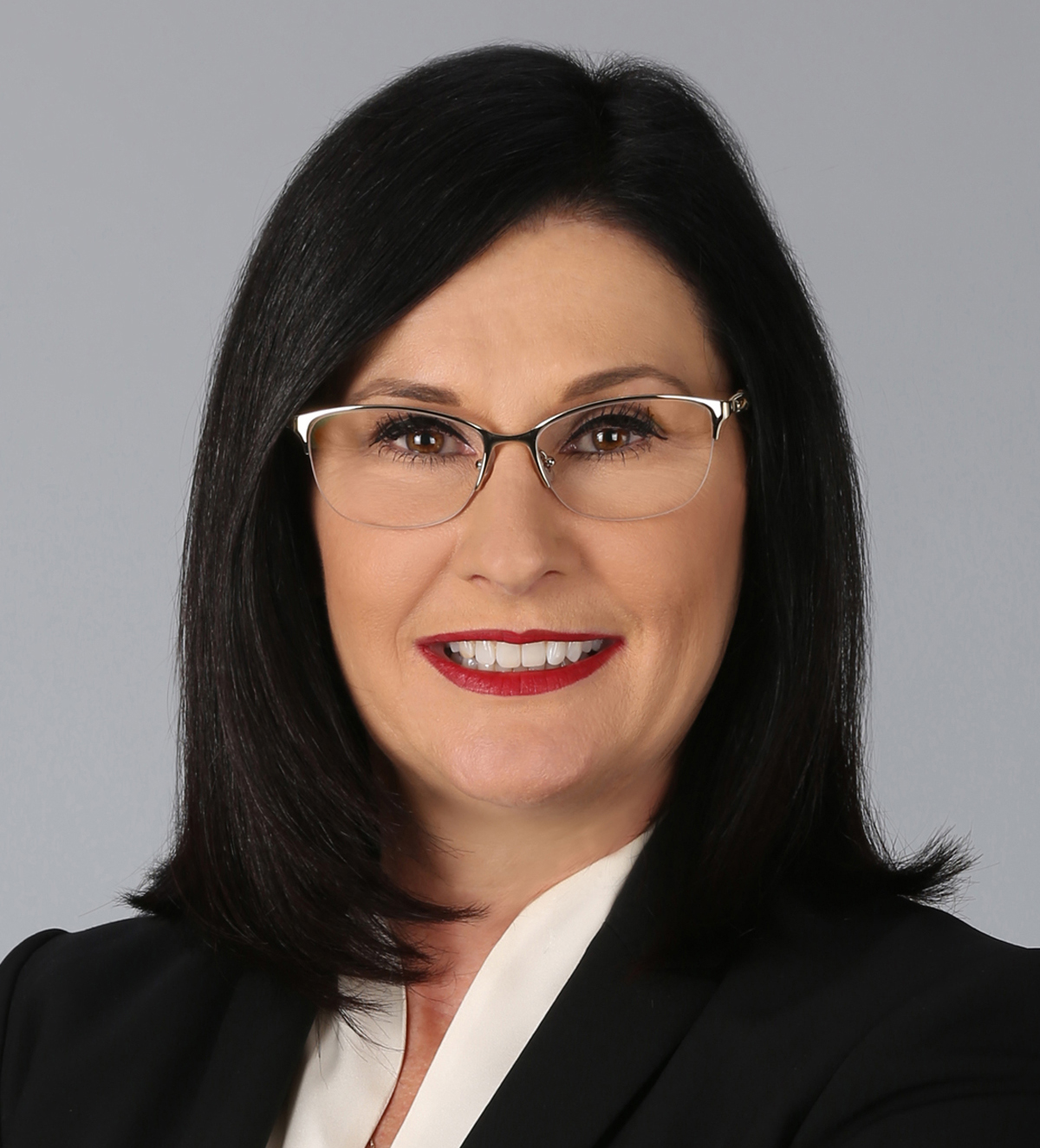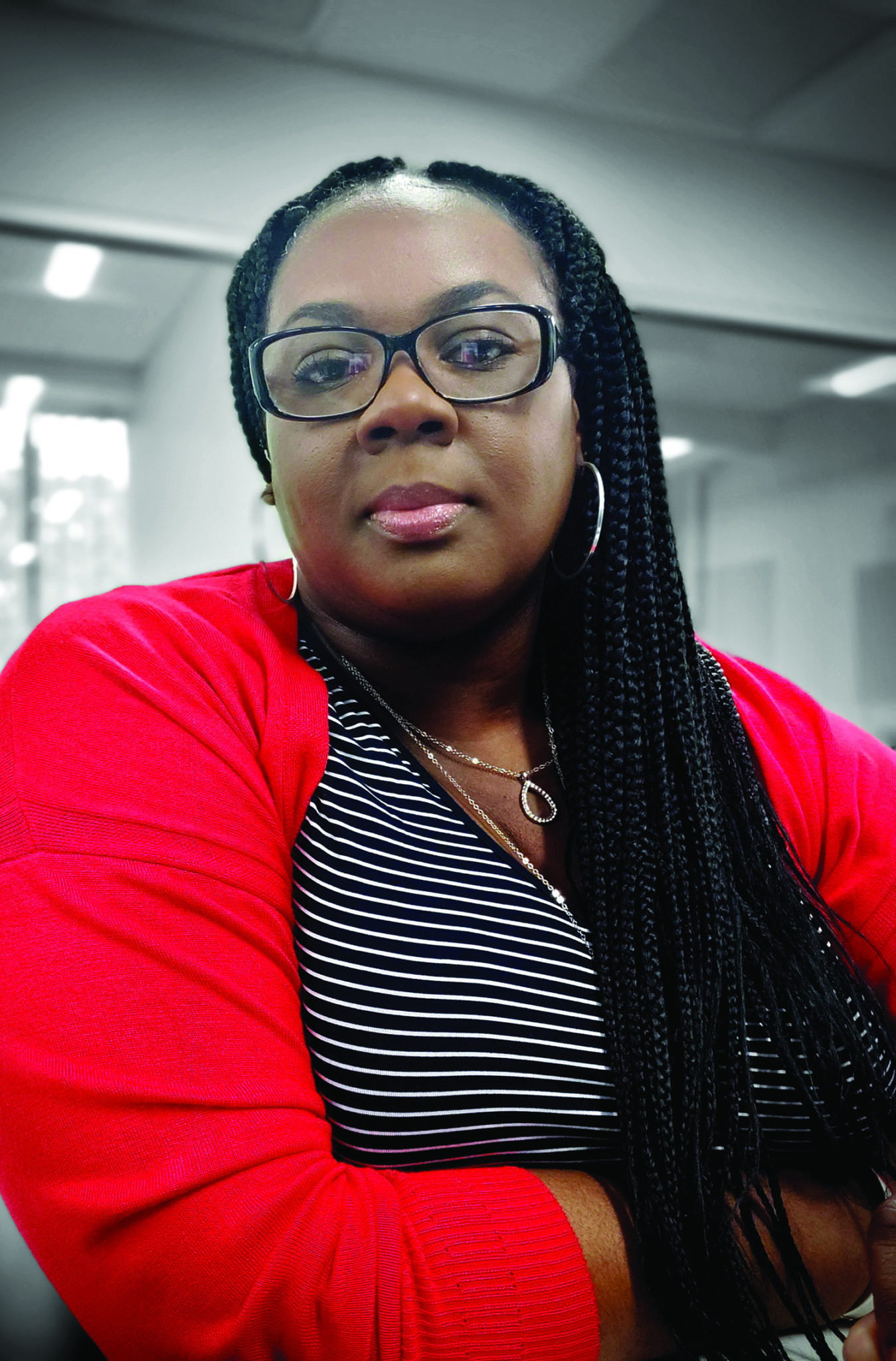By Darcie Lunsford
Consider this: Within a dozen years, 30 percent of all corporate offices will be housed in flexible spaces that can be ramped up or downsized on demand. Leasing will be done by seats, not square feet.
That prediction, from commercial real estate giant JLL, should have office building owners nationwide bracing for a seismic shift in their business models.
“I think it will actually be faster than that,” says Ryan Simonetti, CEO of Convene, a firm that recently raised another $68 million in venture capital to expand its “workplace-as-a-service” platform. Convene operates common area amenities and services for office landlords to transform their buildings from static places to punch a time clock to dynamic places in which to gather, share and experience work as a creative, collaborative endeavor.
Welcome to the future.
Hospitality appears to be coming to the office sector like a speeding locomotive, driven largely by millennials and the corporations trying to capture and keep them.
“I think the overreaching philosophy among companies, entrepreneurs and other traditional users of office space that is driving the meteoric rise in coworking has gone beyond cost savings and flexibility, which are still very important philosophy drivers for coworking options, to valuing human capital first and foremost,” says Annette Reizburg, a partner at Delray Beach-based Get Spaced, a consultant to the coworking industry. “Companies need to provide what their workers and freelancers want: flexibility, socialization, wellness and inspiring spaces.”
Experts studying this work-as-a-lifestyle revolution say the experience of an office building could soon surpass rent as a driving factor for choosing it.
Companies as big as McDonald’s are already fleeing their giant, office campuses in the suburbs to hip, urban areas such as Chicago’s Fulton Market, formerly the city’s gritty meatpacking district.
WeWork, Serendipity Labs and a host of other upcoming operators are betting big that office dwellers really do want more out of their space than four walls, a bunch of cubicles and a breakroom. And major investment capital is backing them.
“Coworking growth through the accessibility of venture capital has made growth in this sector easier and faster,” Reizburg says. “Coworking in its present form is considered new, disruptive and sexy, and the changing world of work has been one of the hottest topics in the business world for several years, so investors are on board in a big way, even when the economics doesn’t seem to make sense.”
If the trend holds, traditional landlords will start having to think of their occupants as patrons, not tenants locked into long-term leases.
“What employees want, corporate tenants want and what office landlords must do to compete,” Simonetti tells a room of commercial real estate professionals gathered on a crisp November day in Brooklyn, New York, for an NAIOP office conference. NAIOP, the nation’s top commercial real estate development association, partnered with the Global Workspace Association, the leading group for the coworking industry. It’s a novel blend of the suit-and-tie crowd and the trendy jeans-and-sneakers gang.
Office landlords are starting to get it. According to a new NAIOP study, 91 percent of building owners and 81 percent of commercial real estate service firms, “believe that adding special amenities increases a building’s leasing velocity but not necessarily its rental rates.” Tenants are demanding more vibrant, work settings. Convene’s Simonetti likens office landlords to taxi drivers in the days before Uber.
Call it the WeWork effect.
WeWork, which has five locations in metro Miami, was not the first coworking operator, but it is the 800-pound gorilla now taking it to the masses.
“On a large scale, WeWork kicked butt in raising awareness and capital beyond what anyone thought possible in this industry,” Reizburg says. Most recently, WeWork raised $500 million to expand in China.↵


Freelance writer Darcie Lunsford is a former real estate editor of the South Florida Business Journal. She is the senior VP for leasing at Butters Group and is avoiding a conflict of interest in her column by not covering her own deals.



